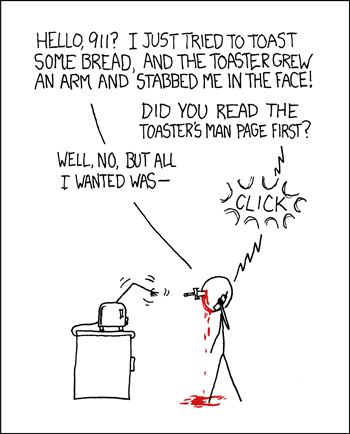Eclipse Top Ten: #8 The Proof is in the code
>> Tuesday, April 27, 2010
Image © Fábio Pinheiro's http://www.flickr.com/photos/fabio_dsp/150592235 licensed under Creative Commons by-nc-sa 2.0
Before Pascal started his new job at Sonatype, his office was across the hall from mine for several years. I learned many unique expressions from him :-). One them was "the proof is in the code".
Let me expand on this statement.
At its very heart, Eclipse is a meritocracy.
The more you do, the more responsibility you have.
If you want to drive the direction of a project.
You won't get too far by shouting from the sidelines.
The proof is in the code.
And I say code, I don't just mean actual code.
There are many ways to contribute to eclipse.
Write documentation.
Triage bugs.
Respond to newsgroups.
You get the idea.
Don't promise and not deliver.
Going back to transparency theme, everyone will know what you're not doing.
Execution matters.
Here is the original picture I had for this slide. I didn't use it at EclipseCon. Maybe it's not too professional. However, it conveys the idea well.
Here is another picture that I could have used. My friends and I ran the Around the Bay 30K the weekend after EclipseCon as a slow training run. Each kilometer marker had a message.
Previous Top Ten posts
1, 2, 3, 4, 5, 6,7 Read more...




















